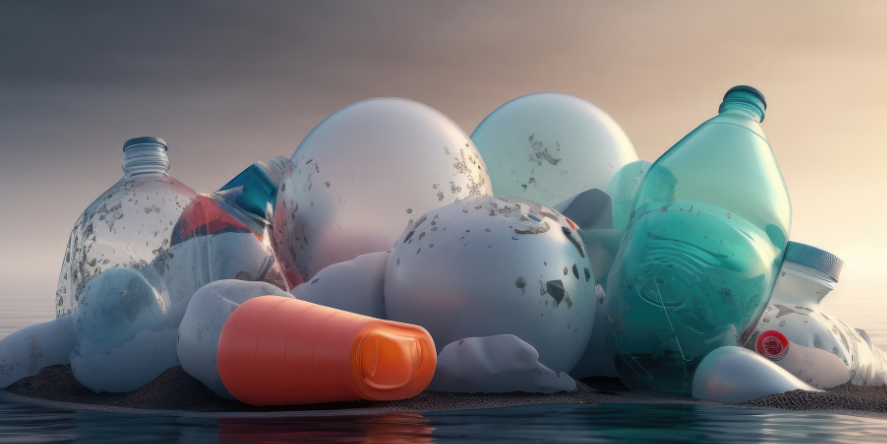The bell of action has been rung by the UN for this World Environment Day, whose reverberations should have been heard long before and the damages sustained would be far less than today. The theme emphasizes on combating plastic pollution globally and steps to reduce it. The buildup of plastic objects and particles in the environment that harms humans, animals, and their ecosystems is known as plastic pollution. Plastic waste is divided into micro, meso, and macro rubbish depending on its size.
Land, waterways, and oceans can all be affected by plastic waste. The manufacturing and disposal of plastic contribute to the problem on a global scale. It is a strong material that does not decompose naturally. Therefore it may take hundreds of years to decompose. As a result, plastic garbage can build up in the environment and harm both wildlife and people.
Plastic decomposes and releases toxic chemicals into the atmosphere. These substances have the potential to pass through the food chain. They can result in a range of health issues, such as cancer, issues with reproduction, and developmental difficulties.
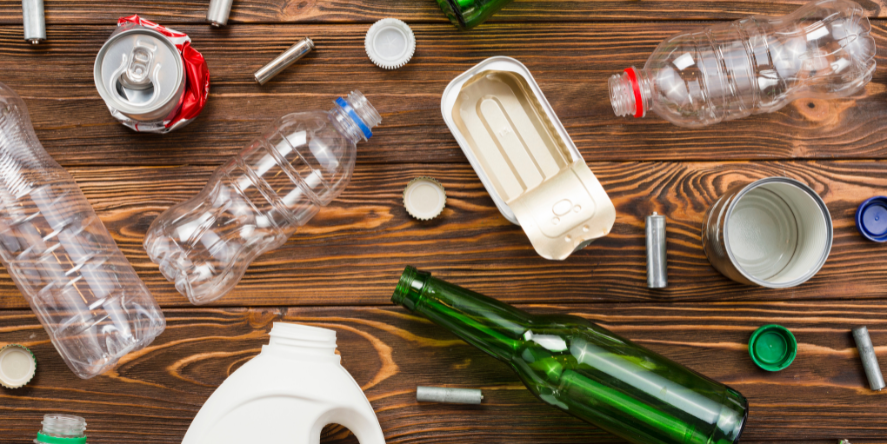
Microplastics
The term “microplastic pollution” describes the pervasive contamination of the environment with small plastic material particles. Microplastics, which are tiny plastic particles, smaller than 5 millimeters in size, are frequently produced when bigger plastic objects break down or when tiny plastic beads used in cosmetics, cleaning goods, and exfoliating scrubs leak into the environment.
In order to understand it, it is important to familiarize yourself with –
Sources of Microplastics: The fragmentation of bigger plastic goods including bottles, bags, and packaging materials is one of the many sources of microplastics. They may also be produced by synthetic fibres that are released after washing of garments made of polyester or nylon. Microplastic contamination can also be caused by industrial abrasives, personal care product microbeads, and even plastic pellets used in manufacturing.
Environmental repercussions: Microplastics constitute a serious threat to the environment because they linger in the environment for a long time and can build up in many ecosystems, such as seas, rivers, lakes, and even soil. They can cause harmful and possibly toxic effects when consumed by aquatic species like fish, seabirds, and marine mammals. Microplastics also have an impact on human health if they get into the food chain.
Human Health Consideration: There are worries about potential hazards even though the direct effects of microplastics on human health are still being researched. Microplastics can enter the body by a number of different pathways, including cutaneous absorption, ingestion, and inhalation. Microplastics have been found in drinking water, seafood, and even the air we breathe. Research is still being done on the long-term effects of microplastic exposure on health.
It is important to note that scientific research on microplastic pollution is an ongoing process, and our understanding of its impacts continues to evolve. Efforts are being made at various levels to mitigate this issue and promote a more sustainable and plastic-free future.
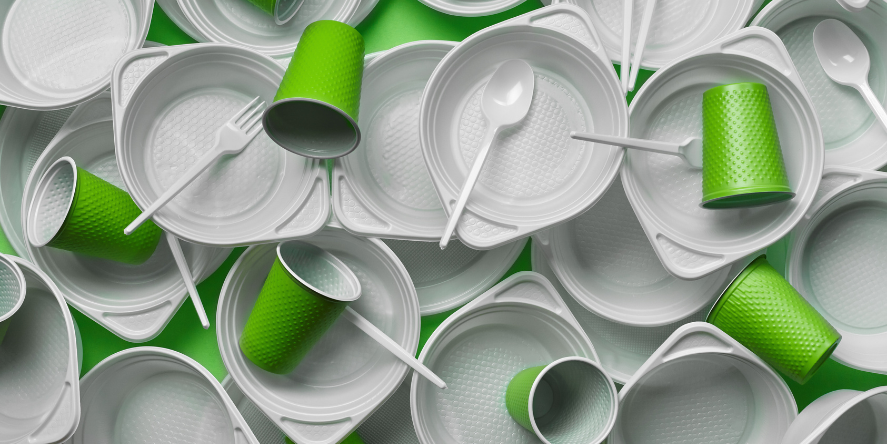
Single-Use Plastic Products Pollution
Due to their extensive use and poor disposal options, single-use plastic products have grown to be a serious environmental problem. These goods, like plastic bags, straws, bottles, and food packaging, are made of non-biodegradable materials like polyethylene and polypropylene and are primarily intended for single-use.
Environmental brunt: Products made of single-use plastic cause pollution all the way through their lives. Fossil fuels are used extensively in the extraction and manufacture of plastic, which increases greenhouse gas emissions and climate change. The improper disposal of these things contaminates the air, soil, and water.
Marine Pollution: Marine contamination is one of the most serious effects of single-use plastic products. Every year, millions of tonnes of plastic trash find their way into the oceans. Plastic can be mistaken for food by marine animals, or it can entangle them and cause harm or even death. Microplastics, which are created as plastic waste, build up in the water and degrade.
Land Pollution: Single-use plastics that are disposed away improperly contribute to land pollution. In landfills, where they take hundreds of years to decay, many plastic products are dumped. Landfills have the potential to emit harmful chemicals into the environment, and the buildup of plastic waste there depletes the availability of precious land resources.
Recycling Challenges: Even while recycling is frequently thought of as a solution, single-use plastic products present difficulties. Certain types of plastics are challenging to recycle because of their molecular structure. Inconsistencies in recycling rates and efficiency are also caused by regional differences in recycling infrastructure and procedures.
Initiatives taken by various countries to combat plastic pollution
Numerous nations have taken steps to lessen plastic pollution’s negative effects on the environment. These are only a few instances of the steps that different nations have made to lessen plastic pollution. To address this urgent issue, several other countries are putting policies in place including plastic bag fees, recycling initiatives, and campaigns to encourage the adoption of biodegradable alternatives.
Rwanda: In 2008, Rwanda enacted one of the strongest prohibitions on plastic bags in the world. Non-biodegradable plastic bags cannot be used, sold, or produced, which significantly reduces the amount of plastic garbage.
Canada: Canada announced a ban on six single-use plastic products in 2021, including plastic bags, straws, and cutlery. The restriction is a component of the nation’s effort to eliminate all plastic trash by 2030.
United Kingdom: Since 2015, the UK has imposed a plastic bag fee that mandates shops to charge customers for single-use plastic bags. The use of plastic bags has significantly decreased as a result of this action.
China: A major producer and user of plastic, China has taken action to reduce plastic pollution. The nation has put in place recycling and trash management programmes and has banned the import of 24 different categories of solid garbage, including certain plastics.
Maldives: The government has taken the waste to wealth initiative. It is shifting from a linear “use and dispose” system of waste management to a circular economy to ensure a green, sustainable future.
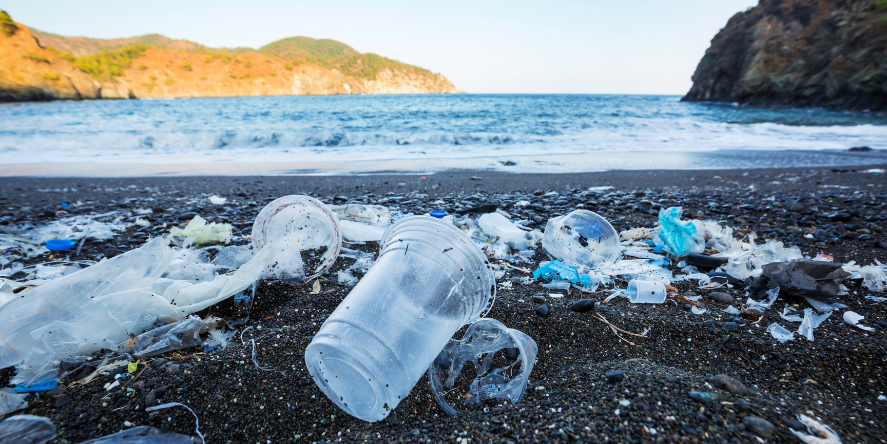
Addressing Plastic Pollution In Tourism Destinations
Plastic pollution is a serious environmental problem that has an impact on many tourist locations worldwide. It endangers wildlife, terrestrial and marine ecosystems, as well as human health. Due to the high number of tourists, the tourism sector can produce a sizable amount of plastic garbage.
Tourists utilize single-use plastics like water bottles, food packages, straws, and bags frequently, which results in a lot of waste being produced. Many of these objects wind up in landfills or, worse yet, end up as litter in outdoor spaces like beaches and exotic habitats. Due to their proximity to seas and other bodies of water, coastal tourist spots frequently experience plastic pollution. In many locations, plastic garbage not only lessens the natural beauty but also seriously endangers the biodiversity..
A tourist spot’s reputation can be damaged by plastic pollution, especially if it depends on pristine environs and natural beauty to draw tourists. If they discover a lot of plastic rubbish when visiting, tourists could be discouraged from coming again or promoting the place. Local communities that rely on tourism for their livelihoods may suffer as a result. A fall in income, job possibilities, and general economic growth can be brought on by fewer visitors, bad reviews, and harm to natural resources.
There are a number of actions that can be made to address plastic pollution in tourist areas:
Awareness campaigns: Promotion of responsible waste management practices and education of tourists and local populations about the effects of plastic pollution can assist in increasing awareness and promote a behavioural change.
Infrastructure and waste management: Reducing plastic pollution can be achieved by creating effective waste management systems, including infrastructure for waste collection, recycling, and disposal. The usage of single-use plastics should be decreased, and efforts should be made to encourage recycling and appropriate trash disposal.
Policy by various stakeholders: The use of plastics can be restricted, eco-friendly alternatives can be promoted, and waste management procedures can be enforced through the implementation of policies and regulations by governments and local authorities. Incentives and punishments can be used in conjunction with these techniques to ensure compliance.
Collaborations: To reduce plastic pollution, stakeholders such as governmental organizations, tourism organizations, companies, and local communities should collaborate. Beach clean-ups, plastic-free campaigns, and sustainable tourism certifications are a few examples of collaborative activities.
To safeguard wildlife, ensure the long-term profitability of the tourism sector, and preserve their natural ecosystems. Tourism destinations must prioritize reducing plastic waste and implementing sustainable practices.
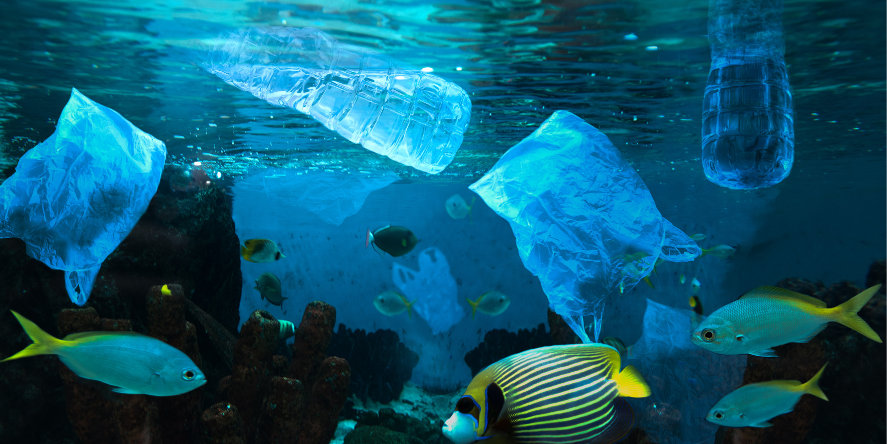
Conclusion
Firstly, the challenge of plastic pollution has reached a worldwide scale. Plastic garbage has accumulated in great quantities in landfills, oceans, and other natural environments as a result of the exponential growth in plastic manufacture and consumption over the years. With millions of marine species per year dying from ingesting or becoming entangled in plastic trash, this pollution poses a serious threat to marine life. In addition, microplastics—tiny plastic particles derived from degradation of bigger plastic objects —have gotten into our water systems, entered the food chain, and may have an impact on people’s health.
Secondly, plastic pollution has a significant negative influence on the environment. Since plastic is not biodegradable, it can linger in the environment for a very long time, disintegrating into smaller pieces but never completely disappearing. Due to this tenacity, plastic garbage builds up in ecosystems, upsetting the delicate balance of natural habitats and putting species in peril. Additionally, the manufacture of plastic uses a lot of fossil fuels, which increases greenhouse gas emissions and the effects of climate change.
Thirdly, economical effects of plastic pollution are present. Plastic pollution harms the livelihoods and economies of coastal communities that are largely dependent on fisheries and tourism. Furthermore, cleaning up and managing plastic garbage consumes a lot of resources and money, burdening governments and taking money away from other crucial uses.
A multifaceted strategy is required to address plastic pollution. This entails lowering of plastic production and consumption, supporting recycling and waste-management initiatives, and fostering the creation of environmentally friendly plastic substitutes. To increase awareness, put regulations into place, and fund research and innovation. People must work together with corporations, governments, and other international organizations.
Plastic pollution is a serious environmental problem since it has a negative impact on ecosystems, wildlife, and human health. To resolve this problem and lessen its repercussions, immediate action is necessary. We can work towards a cleaner, healthier planet for both the present and future generations by embracing sustainable practices, embracing alternative materials, and encouraging appropriate waste management.
Blog by Tamanna Shaikh
Also read:
Global Initiatives towards a clean ocean


